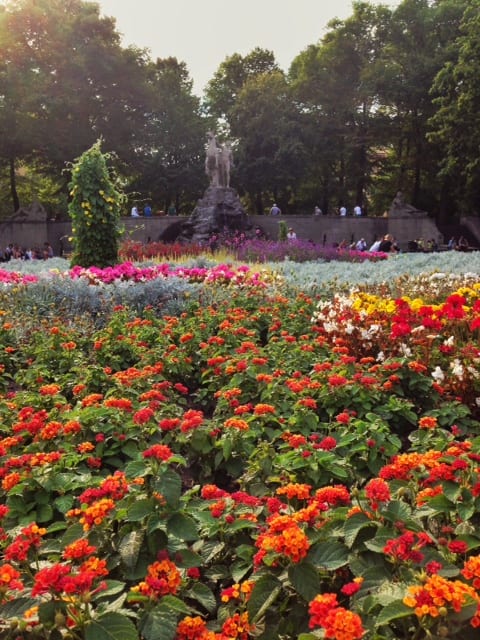I read a New York Times article a few weeks ago in which different writers named their favorite streets in Europe, one street per city, twelve cities total, and luckily enough, Berlin was on this list. The street selected was not some huge street in the touristy neighborhood of Mitte, nor in the popular neighborhoods like Kreuzberg or Prenzlauer Berg, but instead was Rüdesheimer Strasse in the small south western neighborhood of Wilmersdorf. I had never heard of Wilmersdorf prior to reading the article, and in the subsequent weeks leading up to my visit I had never heard it mentioned in conversation or in articles I read online. The author of the piece admittedly wrote that Wilmersdorf is not one of Berlin’s most interesting neighborhoods, as there are not many cultural institutions and its rather residential, but obviously something here was special, at least to this writer, so I decided I should check it out in my last week in Berlin. Getting there only required a short ride on the U-Bahn from our local stop at Wittenberg Platz, so I planned on going by myself for maybe an hour at most in the afternoon, but on my way there I ran into my friends Haley and Chris coming back from a failed attempt at finding a specific souvenir that they originally found in Munich over the week break and Haley decided to join me while Chris did not, citing the lame excuse of having to work on a presentation for his German class.
Getting off at Rüdesheimer Platz station, located at the meeting of the Strasse and the Platz, we were a little taken aback, not because of how overwhelming the street was, but rather the opposite. Here we were expecting the most beautiful street we’ve seen in Berlin, or impressive, or defining in any way, but it was instead remarkably generic. There were a couple of small bakeries across the street from each other, a fruit vendor, a small convenience store, and a leather shoe store selling mens’ shoes for over 300€. The article referred to this street as a shopping street, but the definition of “shopping” proved to be rather ill defined. We decided to walk down the street, as it was not terribly long, seeing if anything further down struck our interest. Surprisingly, nothing did. Sure it was more scenic than other streets closer to the city center due to the existence of trees along the sidewalks, but this is pretty common amongst streets in Berlin’s “B” district. The remainder of the street further past the plaza was completely residential, save for the school in the middle and the Kaiser’s supermarket at the end. Much to our dismay it wasn’t even that photogenic.
We decided to turn back and walk up the street the other way not seen beforehand, maybe if we missed something there. Luckily, we did. Walking the other way, we discovered a small park with a huge statue dedicated to an early Germanic heroic figure and a beautiful flowerbed. The park included a small wine garden, as opposed to the typical German beer garden, offering varieties of wine mostly from Austria, and the place was pleasantly filled with families and friends picnicking in the park and drinking wine from the wine garden. As we begin to walk through the garden, two young boys come running up to us and ask, “You speak English?!” rather astonishingly. When we replied that we did, they giggled and ran off, seemingly content with the answer and the surprise of hearing native English speakers in their small park. Haley and I decided that this would be a great place to relax for a bit, and we buy a small loaf of bread from one of the bakeries to have our own little picnic, although we were missing the delicious meats and cheeses of the other picnics. We were easily the youngest people there, aside from the children in families. Everyone looked happy, smiling and laughing as they enjoyed their wine and food, and thinking back on it, I didn’t hear a word of English while we were there. This was certainly a locals’ only site. We discovered a truly hidden gem of Berlin, happily concluding an adventure that began underwhelming.


